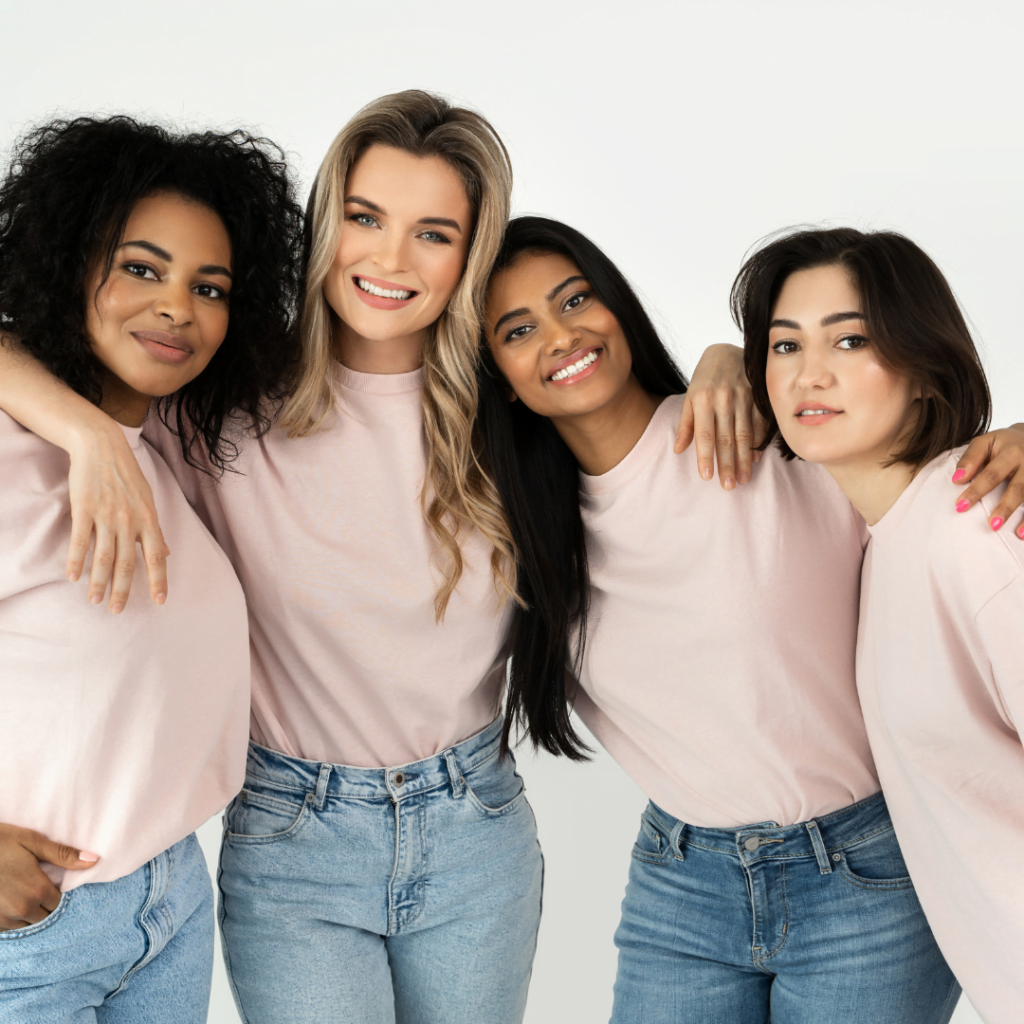Beauty, as they say, is a subjective concept. What may seem beautiful to one person might not be to another. It’s an age-old notion, ingrained in our cultural fabric, that beauty varies across time and cultures. But what exactly does it mean?
Origins of the Phrase: The phrase “Beauty lies in the eye of the beholder” is believed to have originated from ancient Greece. However, its core essence is universal — beauty is a personal experience.

Understanding Beauty: A Cultural Perspective
Ancient Civilizations and Beauty: From the Greek’s admiration for the human form to ancient India’s emphasis on inner beauty, societies have always had their unique takes on beauty.
Cultural Variations: Ever noticed how beauty standards differ from one country to another? Why is pale skin favored in some cultures and tanned in others? These standards, largely influenced by environment, history, and societal values, prove that beauty is indeed diverse.
Changing Beauty Standards: Just like fashion, beauty standards evolve. Remember the skinny eyebrow trend of the ’90s? Yeah, beauty trends are fleeting.
The Biological Aspect of Beauty
Evolutionary Reasons for Perceiving Beauty: Some scientists believe that we perceive beauty based on evolutionary cues. Features indicating health, fertility, or good genes might be deemed more attractive.
Symmetry and Attraction: Studies have shown that symmetrical faces are often considered more beautiful. Why? Symmetry could indicate good health and genes.
The “Average” Face: Surprisingly, an amalgamation of average faces, when blended together, tends to be more attractive to individuals. It’s the universality of features that appeals to many.
The Psychological Dimension of Beauty
Beauty and Self-Esteem: Our perception of beauty directly affects our self-esteem. Ever felt a boost in confidence when someone complimented you?
The Impact of Media: With the rise of social media, there’s an incessant influx of ‘beauty standards’. It shapes perceptions, often unrealistically.
Perception vs. Reality: Remember that what you see isn’t always reality. Filters, good angles, and lighting can deceive. So, is that Instagram model you envy genuinely as flawless?
Personal Stories and Experiences
My Journey with Beauty: I remember struggling with my curly hair as a teen. But over time, I’ve come to love its wild nature. It’s a part of me.
Interviews with Others: I spoke to a few people about their beauty journeys. One shared how she learned to embrace her freckles, while another spoke of his admiration for his unique scar.
The Philosophical Angle of Beauty
The Role of Art and Beauty: Art teaches us that beauty isn’t just skin deep. A piece of art may not be ‘beautiful’ in the traditional sense but can evoke profound feelings.
Subjectivity in Aesthetics: If beauty were objective, wouldn’t we all have the same favorite color or song? It’s the diversity of preferences that makes life colorful.
Conclusion
As we’ve journeyed through time, cultures, biology, psychology, personal experiences, and philosophy, one thing stands clear: beauty truly lies in the eye of the beholder. It’s about time we embrace our unique perspectives and let go of imposed standards.
FAQs
- Where did the phrase “Beauty lies in the eye of the beholder” originate?
- It is believed to have originated from ancient Greece.
- Why are symmetrical faces considered more attractive?
- Symmetry might indicate good health and genes.
- How do cultural beauty standards evolve?
- Influences range from societal values, history, and environment to popular culture.
- Does social media influence our perception of beauty?
- Yes, it often shapes perceptions, sometimes unrealistically.
- Is beauty subjective or objective?
- As explored in the article, beauty is largely subjective.
